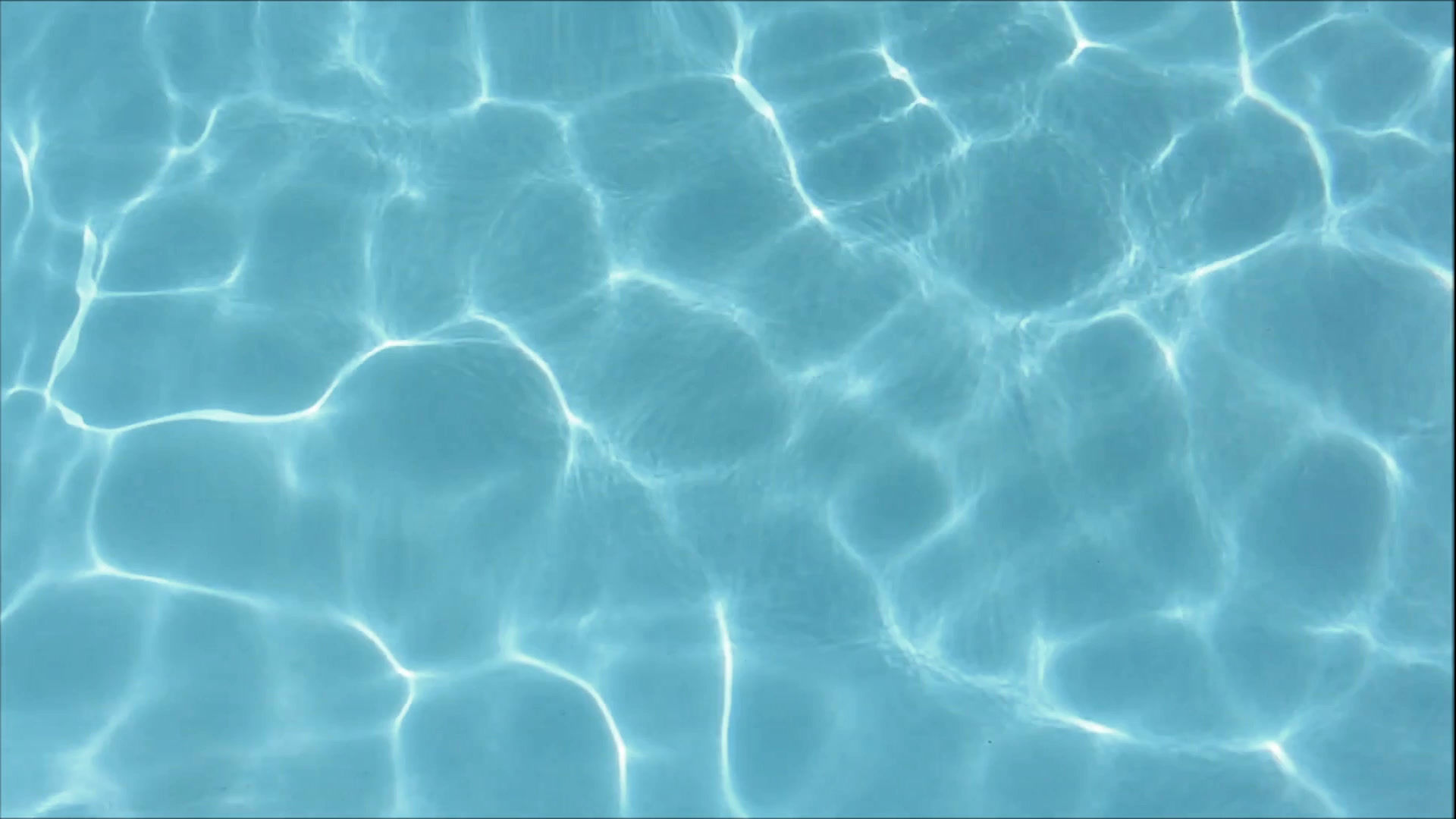Signs Your Pool Needs Replastering and How to Address It
- Tim Gray
- Apr 3, 2024
- 3 min read

A well-maintained pool can provide years of enjoyment and relaxation. However, over time, the plaster surface of your pool can deteriorate, impacting both its appearance and functionality. Replastering your pool can restore its beauty and ensure it remains safe and comfortable for swimming. Here are some signs that indicate your pool may need replastering and how to address it:
1. Rough or Pitted Surface
Signs:
The pool surface feels rough to the touch.
Swimmers may experience skin abrasions or discomfort.
Visible pitting or cratering on the pool walls or floor.
How to Address It: A rough or pitted surface is often a sign that the plaster is wearing thin and needs to be replaced. Replastering involves removing the old plaster and applying a new layer, creating a smooth and inviting surface.
2. Stains and Discoloration
Signs:
Persistent stains that are resistant to cleaning.
Discoloration or uneven coloring across the pool surface.
Algae growth that is difficult to remove.
How to Address It: Stains and discoloration can be caused by chemical imbalances, metals, or organic matter. If standard cleaning methods and chemical treatments don't work, replastering may be necessary to restore the pool's original appearance.
3. Cracks in the Plaster
Signs:
Visible cracks on the pool surface.
Water loss due to cracks allowing water to seep out.
Structural concerns if cracks are extensive.
How to Address It: Cracks can indicate underlying structural issues or simply wear and tear. Small cracks can sometimes be repaired, but extensive cracking often requires replastering to ensure the pool's integrity and prevent water loss.
4. Peeling or Flaking Plaster
Signs:
Plaster is peeling or flaking off in certain areas.
Loose plaster pieces floating in the water.
The surface underneath the plaster is exposed.
How to Address It: Peeling or flaking plaster is a clear sign that the plaster has deteriorated and needs to be replaced. Replastering will provide a fresh, secure layer that adheres properly to the pool shell.
5. Increased Maintenance and Chemical Usage
Signs:
The pool requires more frequent cleaning and chemical adjustments.
Difficulty maintaining balanced water chemistry.
Higher costs for pool maintenance.
How to Address It: If you're spending more time and money on pool maintenance, it could be due to the deteriorating plaster affecting the water quality. Replastering can help reduce maintenance needs and stabilize chemical usage by providing a smooth, algae-resistant surface.
6. Age of the Pool
Signs:
The pool plaster is over 7-10 years old.
Visible wear and tear due to long-term use.
General decline in the pool's appearance and comfort.
How to Address It: Even if there are no obvious signs of damage, the age of the pool plaster can indicate the need for replastering. Regularly replastering your pool every 7-10 years helps maintain its appearance and structural integrity.
Steps to Replaster Your Pool
1. Drain the Pool: The first step in replastering is to drain the pool completely. This ensures that the plaster can be applied evenly and effectively.
2. Prepare the Surface: The existing plaster is chipped away or sandblasted to create a rough surface for the new plaster to adhere to. Any cracks or structural issues are repaired during this stage.
3. Apply the New Plaster: A new layer of plaster is applied to the pool surface, ensuring an even and smooth finish. The plaster is then troweled and smoothed out to eliminate any imperfections.
4. Refill the Pool: Once the plaster has cured, the pool is refilled with water. It's essential to monitor and adjust the water chemistry during the initial fill to ensure proper curing of the plaster.
5. Balance the Water Chemistry: Proper water chemistry is crucial to the longevity of the new plaster. Regularly test and adjust the chemical levels to maintain a balanced and healthy pool environment.
Replastering your pool can significantly improve its appearance and functionality, making it a worthwhile investment for any pool owner. If you notice any signs that your pool may need replastering, don't hesitate to contact Swimming Pool Solutions. Our team of experts will provide a thorough inspection and professional replastering services to restore your pool to its best condition.


Yorumlar